Su-30MKI: and again dancing with elephants
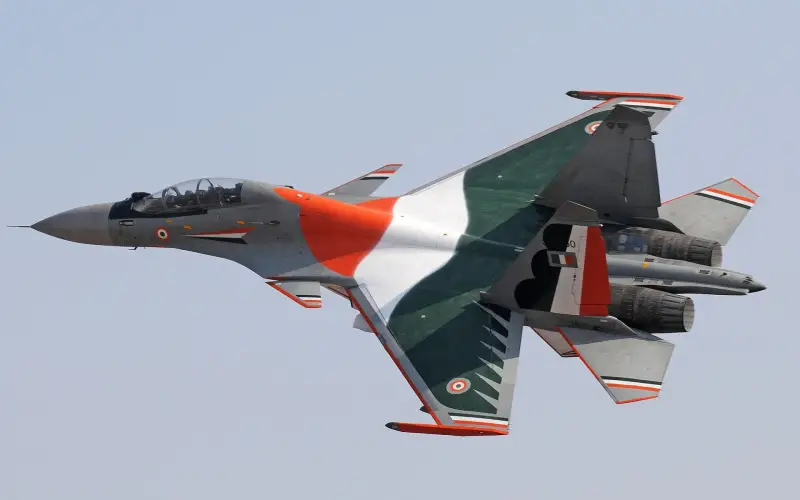
Well, very interesting things are happening in India. At the end of the year, and in general, Indian traditional dances with elephants began. And they began when the commander of the Indian Air Force, Chief Marshal aviation Vivek Ram Chaudhary said that the Su-30MKI, after a large-scale modernization by the Indian aircraft manufacturer HAL, will no longer be considered a Russian aircraft.
This, of course, is an anecdote, but you can also say about the F-16 that it is not American, because in Europe alone 8 companies from 5 countries worked on assembling aircraft and every third American-assembled aircraft had a center section brought to the USA from the Fokker plant. in the Netherlands, and every third fuselage tail section was supplied to the USA from the SABCA plant in Belgium. And nothing, an American plane!
Mr. Chief Marshal emphasized that the Su-30MKI was modernized by 78% using domestic technologies, including an airborne active phased array radar, aircraft missiles, situation lighting and avionics. Well, in general, one can only be happy for the Indian military industry, but excuse me, 78% of the aircraft does not consist of the above.
It’s worth noting right away that radar with AFAR is great, but in many countries, local air force aircraft easily serve with conventional radars, and nothing works. Avionics are a very important component, missiles, bombs, connection to satellites - everything is needed. But it can be done.
The only thing the plane definitely won’t take off without is the engine and the fuselage with wings.
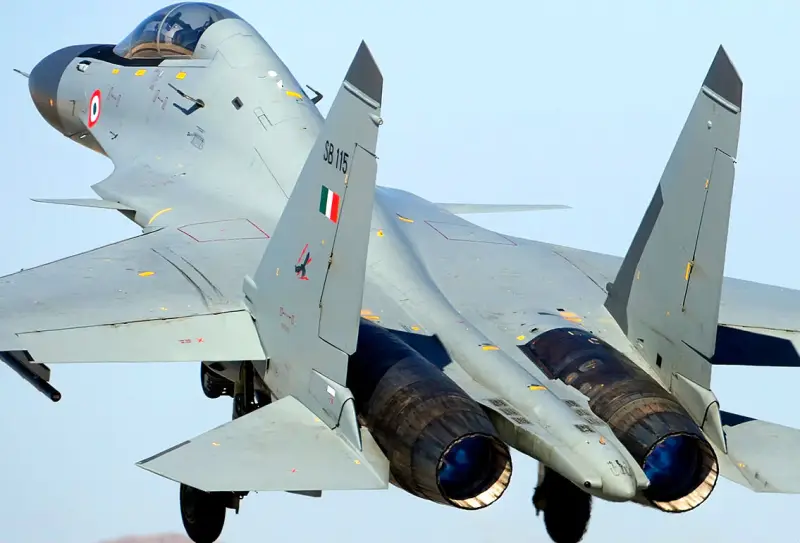
It is clear that, in general, everything needs to be considered as a whole, but I repeat: there is a basis and an engine - radar and missiles will follow. Now, if an Indian engine were installed on the Su-30MKI, then yes, something could be said about the fact that the aircraft is completely Indian.
However, there is no engine... The state-owned company Hindustan Aeronautics Limited really “failed” to build an engine even for the analogue of JAS 39, the Indian Tejas light fighter. And we had to ask the Americans for an engine for a “fully Indian fighter”, which was supposed to replace the Russian/Soviet MiG-21 and MiG-27. And as a result, the “very Indian” Tejas is equipped with American General Electric F404-GE-F2J3 engines. This is also “import substitution” in Indian style. But nothing has been heard yet about the Indian folk engine Kaveri.
And this is how the modernized Su-30MKI was recorded in the “4,5+” generation. In general, the invention of a new classification looks exciting and, most importantly, opens up wide possibilities. Soon, according to the Indian classification, aircraft “4,85” and “4,75+” will appear. Why is it not entirely clear, probably to make it more convenient for the Ugandans to sell.
And this is not the author’s intention, this was again voiced by Mr. Chief Marshal of Indian Aviation.
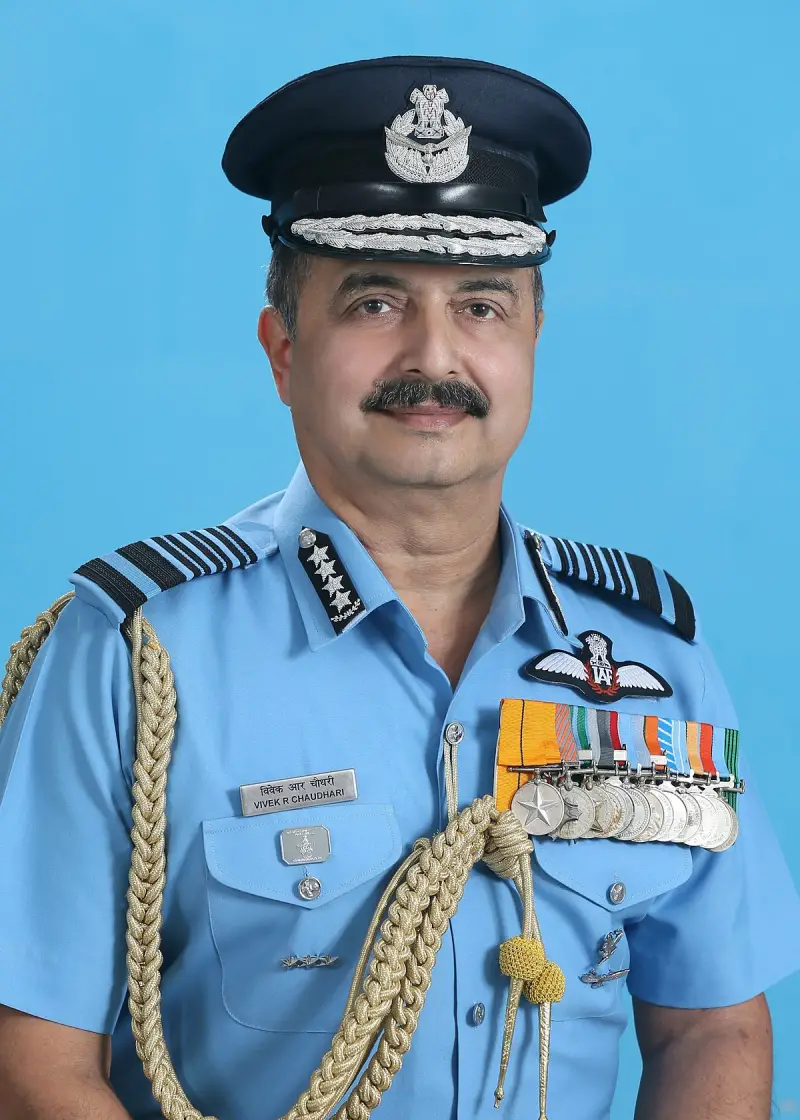
Air Chief Marshal of India Vivek Ram Chaudhary
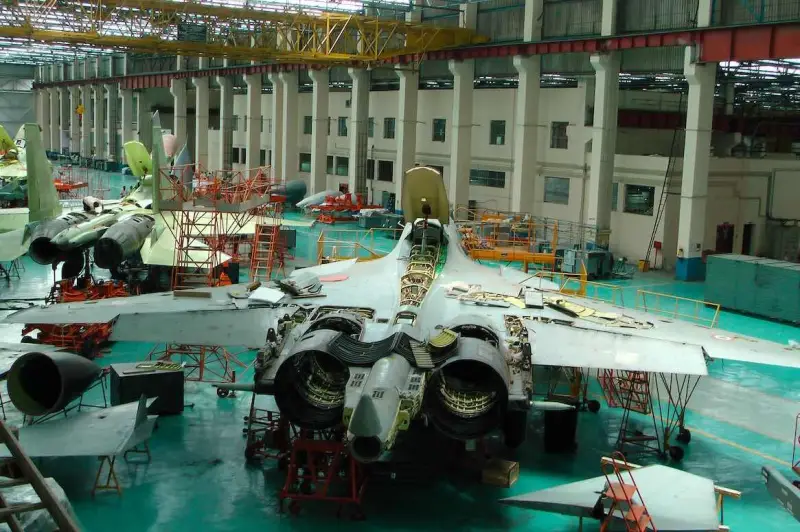
In general, “domestic production” in India also means assembly from kits. So, if you look, almost half of the Air Force fleet is produced in India, but there are nuances. And these nuances are engines.
In India, they couldn’t produce their own engines, and they still can’t. In this regard, China with its breakthrough looks much more progressive, and all the Indians can do is either simply buy aircraft (like the French Mirage 2000) or assemble aircraft using kindly provided technologies and engines (like the Su-30MKI).
It’s hard to say why planes change citizenship at the same time.
But the heart of every aircraft, even Indian, is imported. It started with the first "Indian" aircraft, the HAL HF-24 Marut, which entered history Indian Air Force as India's first indigenously produced combat aircraft.
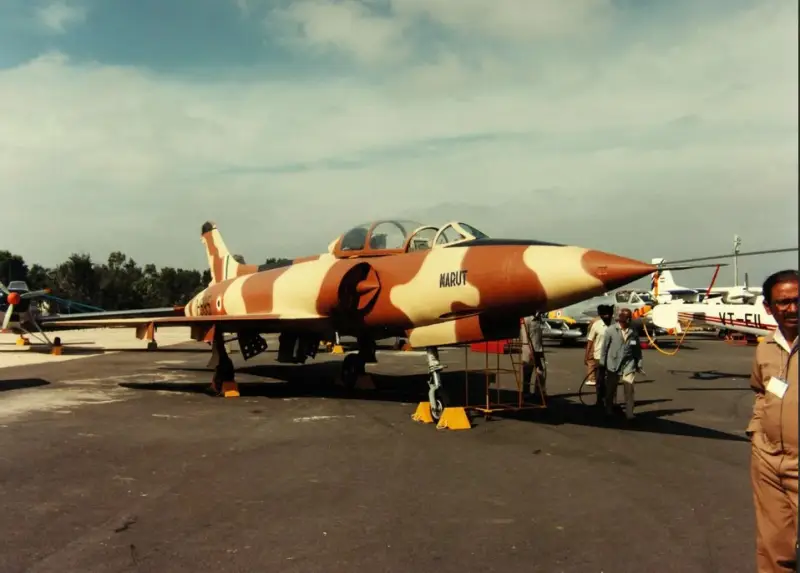
Although they didn’t say that it was their own design, because the general designer of Marut was none other than Kurt Tank. Yes, that same Doctor of Technical Sciences, Kurt Waldemar Tank, creator of the Focke-Wulfs FW.200 “Condor”, FW.58, FW.190 and Ta.152. Having built aircraft for Argentina, Tank moved to India (in Germany he was prohibited from working on the creation of aircraft) and in 1961 the Marut he created flew.
True, on the Bristol Siddley “Orpheus” 703 engine. In the seventies, the Indians established a licensed assembly of these engines, but alas, the aircraft that was designed Tank, like supersonic, never broke the speed of sound. And this is not a matter of the German’s mistakes; we know that he knew how to design airplanes. The British "Orpheus", assembled by Indian hands, sang so-so.
So there is a difference between an Indian assembled aircraft and an Indian made aircraft. There is nothing wrong with the assembly; iPhones are also assembled in China, from components made in the USA, Japan, and South Korea. And, by the way, 25% of all iPhones are assembled in India, so for some reason they do not become Indian.
The modernization that Mr. Chief Marshal spoke about is a very difficult matter. Throwing out one block from the “filling” and putting another in its place, registering it in the software and ensuring pairing with other blocks is a very difficult task. And work to modernize avionics is also very promising.
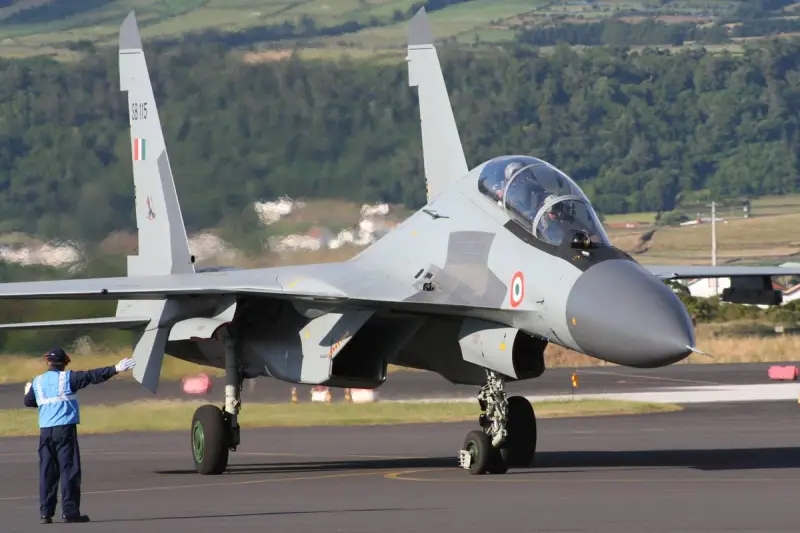
But what are the Indians going to do with the airframe and engine?
Here we have it clear. We are working hard to unify the existing aircraft fleet. That is, Su-30 of all modifications in service in the Air Force and naval aviation will begin to reach the level of the Su-35S. That is, modernize according to the installations for the Su-30SM2.
What does it mean? This means that the engine is changed first. Instead of the AL-31FP there will be an AL-41F-1S from the Su-35S, more powerful, more economical and also with a plasma ignition system. Plus, the AL-41F-1S has a longer service life.
Yes, electronics will not remain the same. In addition to everything that relates to engine control, do not forget that the AL-31FP is “forced, rotary”, that is, capable of changing the thrust vector by an angle of up to ±15° in the vertical plane. And the AL-41F1S engine is all-aspect, that is, the thrust vector can be changed within ±16° in any direction, ±20° in the plane of the wing.
Plus, instead of the Bars radar, they will install Irbis.
This is the understanding of modernization.
By the way, representatives of the Indian Air Force were offered almost the same modernization: replacing the AL-31FP with the AL-41F1S and replacing the Barsa with the Irbis-E radar. But the Indians considered the cost of modernization unacceptable and in a press statement in December 2023 about the delivery of Su-30MKI fighters, the AL-41F1S engine was not mentioned.
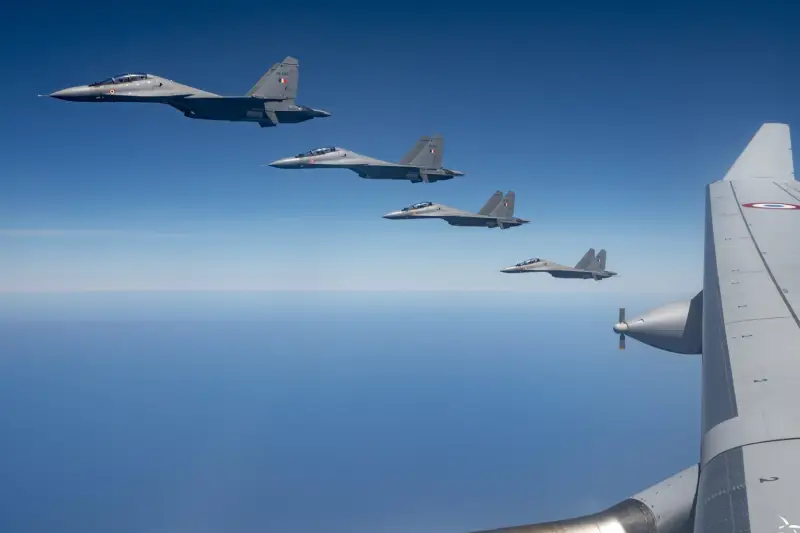
Meanwhile, in India itself they began to ask substantive questions. The Indian publication Frontier India was seriously concerned about whether spending 7,5 billion dollars on modernizing the Su-30MKI is justified if it does not provide for improved flight characteristics? And he openly says that “the Su-30MKI is no longer what it was before.”
In some ways, our Indian colleagues are right: the first aircraft were received by India in 2002, that is, in fact, 22 years ago. And a total of 272 fighter aircraft were received and assembled at HAL factories, which is generally a more than respectable figure.
And the Su-30MKI has already had modernizations: for the use of Indian avionics and weapons systems. Thus, the Su-30MKI acquired the BrahMos supersonic anti-ship cruise missile and the Astra air-to-air missile.
In general, the figure of 22 years is not entirely correct; this only applies to the first batches of aircraft assembled in Russia. And the first Su-30MKI, assembled from a kit in India, took off in October 2005. So everything is not so sad, and although one cannot but agree with the Indians that the Su-30MKI is indeed somewhat outdated, this obsolescence certainly cannot be called critical.
The Su-30MKI, when it was created, was created to meet Indian requirements. The Indians could put forward them because they were very large buyers, and therefore had a certain influence on both the market and sellers.
All design bureaus that carried out the Su-30MKI program from 1995 to 2004 produced an aircraft that actually entered the top of the best. Yes, it was not a fifth-generation fighter, but at that time the fifth generation was generally represented by one F-22. But somehow I can’t even raise my hand to call such a plane the fourth. The Su-30MKI had too many features that distinguished it from the representatives of the fourth:
- AL-31FP engines with controlled thrust vector and remote control system included in a single control loop. This did not provide super-maneuverability in the full sense of the term, but the aircraft was superior in capabilities to many of its colleagues in the world.
- decent combat characteristics, which were provided by a powerful pulse-Doppler radar with a rotary phased array. This is the range of detection and tracking of targets, the ability to work on ground targets, and so on.
- wide-screen multifunctional information output devices, the so-called “glass cockpit” principle.
- the principle of open architecture, which made it possible to combine the operation of Russian-made avionics systems and third-party manufacturers.
In general, at the time of the start of deliveries to India, the Su-30MKI was absolutely consistent with its tasks: gaining air superiority, air defense, long-term patrol and escort, destruction of ground and sea targets, suppression of enemy air defenses, blocking enemy actions and close air support.
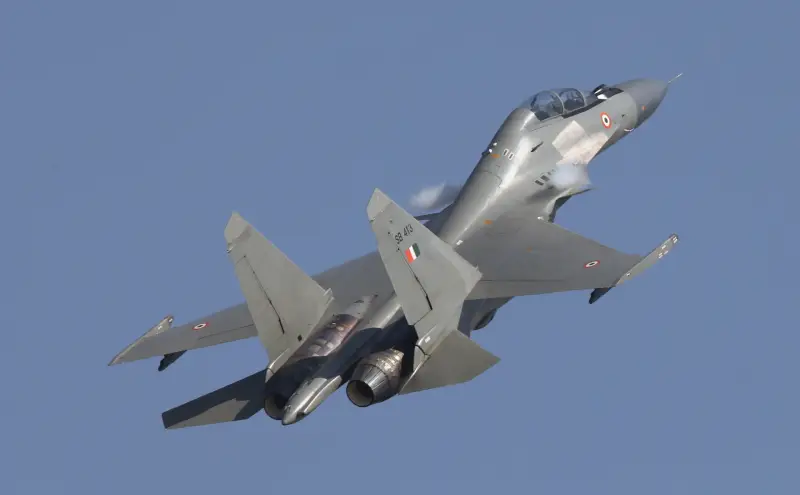
I would also like to say a few words about avionics, since the Indian military so wants to modernize it.
Back when the Su-30MKI was just a Su-30MK, and the work of the transition period was going on, that is, these are the years around 1995-1999, even then the avionics was equipped with a sighting system “in full”, that is, an aiming system in which would include a radar sighting system, a satellite navigation system (initially GLONASS/NAVSTAR), an optical-electronic sighting and navigation system with a laser inertial navigation system, helmet-mounted target designators, indicators on the windshield, multifunctional color liquid crystal indicators with the ability to mix images.
This was a more than serious set for the late nineties. Many countries could not boast of having such equipped aircraft in their air forces.
We add to this the very powerful N011 radar with a phased array antenna (yes, not with an active antenna, but 4,5 kW in pulsed mode), which was truly universal, that is, it worked both against air and ground/surface targets, and , at a very impressive range.
The Bars radar allowed the aircraft, having detected a target beyond the range of missile weapons, to fly in radar silence mode, and when reaching the distance of effective use of missile weapons, target designation data was simply updated during the period of short illumination of the radar target.
In general, the aircraft was, if not a breakthrough, then certainly at the world level. At least, sales of Su-30MKA versions to Algeria and Su-30MKM to Malaysia more than confirm this.

Over time, Indian Su-30s have been modernized, and not always with Russian developments. But this is the owner’s choice, and Israeli electronics are in demand in the world. And bombs in Israel are made quite modern, so the choice is justified.
Another question is that the combat capabilities are not always at least sufficient, so it is understandable why the Indian Ministry of Defense is so eager to improve the Su-30MKI, and even all 272 units on its own.
You can look through a crack in the fence and see how the Indians plan to do this.
Of course, the Indian military has a modernization plan. 272 aircraft is not a joke, it is a very impressive force. Moreover, if this power is used correctly.
The Indian state aircraft manufacturing company Hindustan Aeronautics Limited (HAL) is going to focus on new weapons systems that are planned to be integrated into the Su-30MKI. These are the modern Rudram anti-radar missile and the Nirbhay long-range subsonic cruise missile.
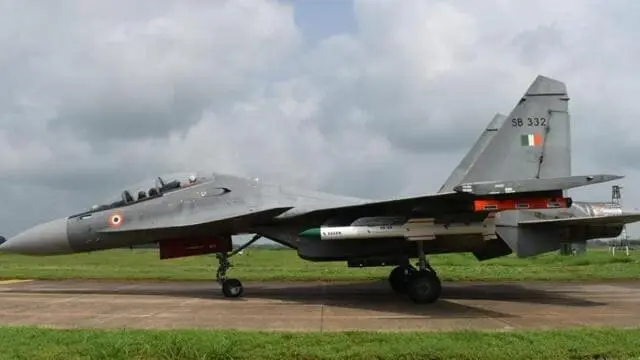
“Rudram” is not a missile, it is a whole family of missiles, which, according to the creators’ idea, should identify enemy radio sources (radars, communication systems, electronic warfare systems) and be aimed at them with further destruction of the latter. The family of missiles must be launched from all Indian Air Force fighter aircraft at the entire range of altitudes and speeds.
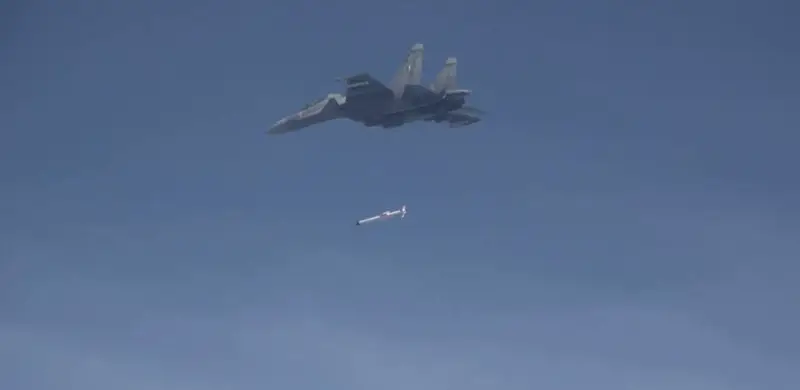
The subsequent missiles “Rudram-2” and “Rudram-3” will differ from the first model in their flight range, speed and sensor sensitivity.
The homing system of the Rudram family of missiles is planned to be very diverse: passive and active radar, inertial and satellite navigation, thermal imaging channels.
The Indian Ministry of Defense very seriously counts on new types of weapons and their effectiveness in breaking through enemy air defenses. As the practice of the Northern Military District has shown, anti-radar missiles capable of launching detection and tracking stations, command posts and anti-aircraft missile systems are a very serious contribution to the overall victory.
Some characteristics are already known for Rudram-1. Length - 5,5 m. Starting weight - 600 kg. Warhead weight - 60 kg. Flight speed is more than 2M. CEP - 5-10 m. Flight range from 100 to 250 km, effective target destruction was noted at 140 km.
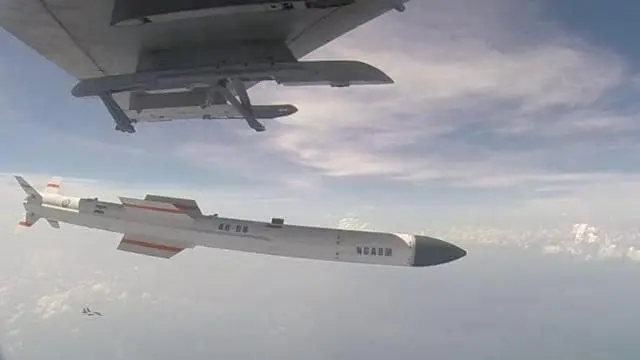
The estimated range of “Rudram-2” is 300 km, and “Rudram-3” is 550 km. It is difficult to say how successful this will be, but the numbers are impressive.
The Nirbhay cruise missile, or more precisely, what will be done based on the work on this missile.
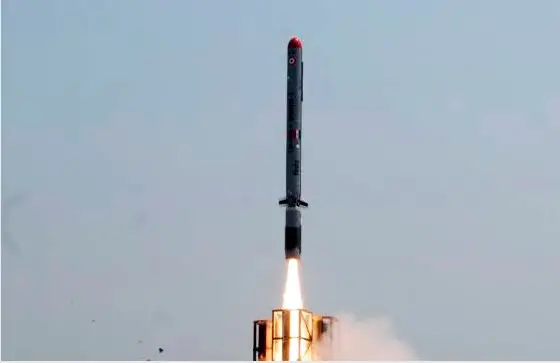
This is a very long-running project that has been going on since 2007 with average success and last year the project was closed. However, the developments will be used in other projects, because India needs a cruise missile with a flight range of more than 1 km, which will allow it to “keep” its neighbors – Pakistan and China – on their toes.
The missile was 6 meters long, 0,52 meters wide, had a wingspan of 2,7 meters and weighed about 1500 kg. The range is about 1 km; at this range, Nirbhay is capable of delivering 500 different types of warheads weighing from 24 to 200 kg, depending on the mission.
The best aircraft for launching such a missile in the air is undoubtedly the Su-30MKI.
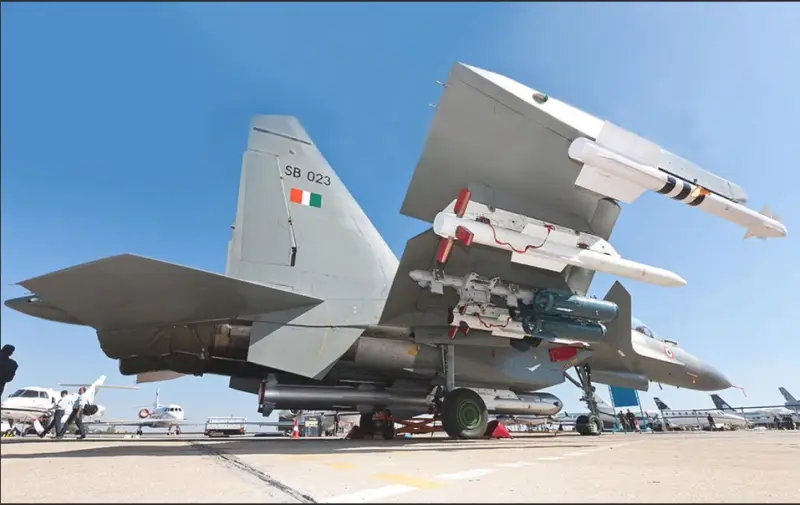
Well, don’t discount the BrahMos, which recently underwent another modernization and has firmly entered the list of weapons of the Su-30MKI. The new BrahMos ER variant can fly at a speed of 2-3 Mach for a distance of up to 500 km, which makes this anti-ship missile quite nasty weapons for the opponent.
What else does the Indian military want to modernize:
- practically new cockpit with modern touch screens;
- improved on-board digital computer;
- radar with AFAR “Virupaaksha” of our own production.
“Virupaaksha” is, if we understand correctly, a radar with AFAR “Uttam” adapted and adapted to the Su-30MKI RREO. Perhaps even with a number of improved characteristics. True, there are slight doubts, since “Uttam” is not yet in series and is not installed on the same Indian “Tejas”. They don’t talk loudly about “Virupaaksha” either, so it turns out that all of these are unhurried projects and not for tomorrow.
Here comes the understanding that replacing the radar system entails a significant modification of the avionics precisely for this reason. It will be necessary to change a significant amount of electronics, and first of all, the on-board computer, or carry out work to adapt the Indian radar to the Russian computer. Yes, Indian programmers are respected in the world, but...
The work is very difficult. And given that both Indian radars have not yet reached the production stage, anyone may have doubts about whether everything will be done quickly and efficiently within the available budget?
Let me remind you that the modernization of the Su-30MKI under the so-called “Super-Sukhoi” project is estimated at $7,5 billion. That's about $27,5 million per plane.
The figure is worthy and inspires respect. It’s very pleasant that the Indians value our aircraft so much that they are willing to spend almost half the cost on modernization.
However, there are doubts that such a large-scale modernization will be carried out in a short time. This is truly a program that will take several years to implement.
And the question arises: can modernization of this level really be considered complete without affecting the airframe and engines? And how will Indian specialists interface the Russian-made EMDS with their on-board computer? And did they take into account and calculate all possible pitfalls?
There may be many more questions, but the essence does not change. India today is demonstrating its, if not independence, then its desire to be completely independent of Russia. Of course, sanctions and all that. However, it would not be worth making such loud statements that after replacing several blocks the Su-30MKI will become an Indian aircraft. He will never become one, don’t change anything. This is a Russian plane.
But in such conditions, especially in the case of inevitable problems when replacing one equipment with something completely different, you may be left without consultants from among the specialists of the Sukhoi Design Bureau. And this, excuse me, is not dancing. And don’t walk elephants, these are very difficult things. And the Indian military’s demonstration of its independence and power may end completely differently than they expect.
Aviation in general is a very difficult business.
Information